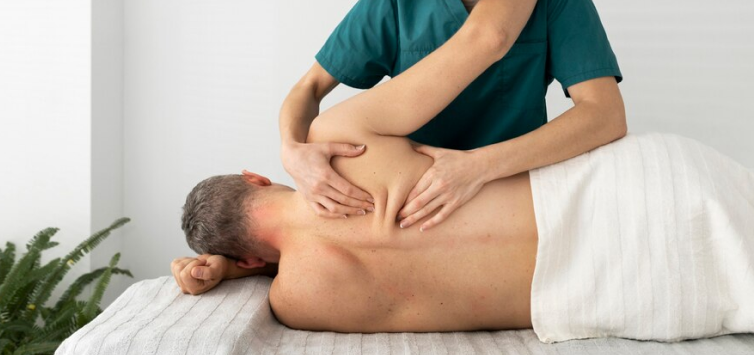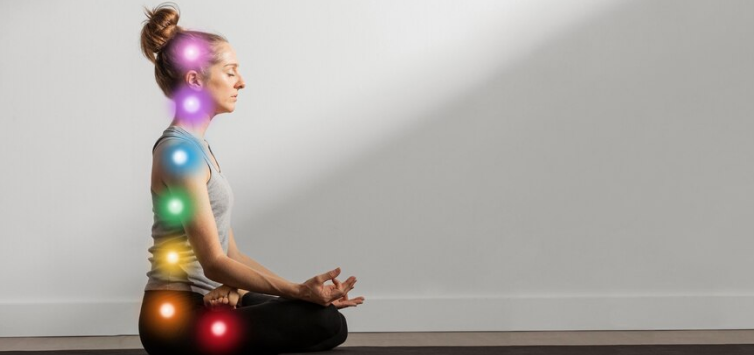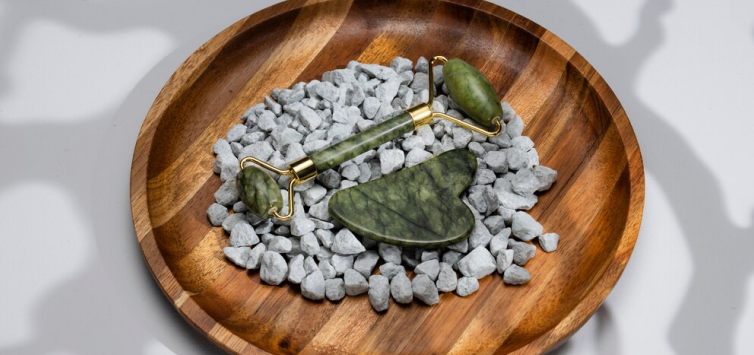Blog
Expert insights for your well-being journey. Your health is our priority.
The Role of Marma Therapy in Pain Management
Pain, a universal human experience, disrupts our daily lives and well-being. Conventional medicine offers various pain management options, but the rise of integrative medicine has led to exploring alternative approaches. Marma therapy, an ancient Ayurvedic technique, emerges as a promising option for pain relief.

Understanding Ayurveda and Marma Therapy
Ayurveda emphasizes the balance of doshas (Vata, Pitta, Kapha) for overall health. These doshas represent fundamental energies that govern various physiological functions. When doshas become imbalanced, it is believed to contribute to various health concerns, including pain.
Marma therapy focuses on stimulating specific points in the body – marmas. These vital points are believed to be intersections of muscles, veins, bones, and energy channels (srotas) through which prana (life force energy) flows. Marmas are recognized as highly sensitive and play a crucial role in maintaining physical and energetic balance. Traditional texts describe 107 marma points, each with specific functions and locations.
Types of Marma Points
Marmas are categorized based on their anatomical location and function:
- Sthana Marmas (Location-Based): These points are identified by their position on the body, such as the forehead or the soles of the feet.
- Sira Marmas (Channel-Based): Located on energy channels (srotas), these points influence prana flow throughout the body.
- Asthi Marmas (Bone-Based): Situated near bones, these points can impact skeletal health and stability.
- Snayu Marmas (Ligament-Based): Located near ligaments, these points influence flexibility and joint function.
- Mamsa Marmas (Muscle-Based): Situated within muscles, these points can address muscle tension and pain.
Marma Therapy for Pain Management
Marma therapy works by restoring balance in prana and doshas. By stimulating specific marma points, practitioners aim to:
- Rebalance prana flow throughout the body, promoting optimal function and healing.
- Reduce inflammation and promote tissue repair, easing pain and discomfort.
- Improve circulation by stimulating blood flow to affected areas, aiding in healing and reducing pain.

Techniques Used in Marma Therapy
- Marma Massage Techniques: Gentle, specific strokes are applied to stimulate marma points, promoting relaxation and pain relief.
- Herbal Applications: Practitioners may apply herbal formulations on marma points for enhanced effects. These formulations might contain pain-relieving herbs or those specific to balancing doshas.
- Dietary and Lifestyle Modifications: Ayurveda-guided dietary and lifestyle changes support pain management. This might include recommendations for specific foods, sleep patterns, and stress management techniques.
Scientific Understanding of Marma Therapy
While extensive research is ongoing, studies suggest potential mechanisms for marma therapy’s pain-relieving effects.
- Pain Gate Theory: Stimulation of marma points may activate the body’s natural pain-blocking mechanisms in the nervous system.
- Influence on the Nervous System: Marma therapy might modulate nervous system activity to reduce pain perception and promote relaxation.
- Improved Blood Flow: Marma therapy techniques may improve circulation, bringing oxygen and nutrients to promote healing and reduce inflammation.
Benefits of Marma Therapy for Pain Management
Marma therapy can address various pain conditions, offering a holistic approach to pain relief. Here are some examples:
- Musculoskeletal pain (back pain, joint pain, neck pain, etc.)
- Headaches and migraines
- Stress-related pain
- Digestive discomfort
- Arthritis
- Sports injuries
Safety Considerations and Who Can Benefit
Consulting a qualified Marma therapist is crucial for effective treatment. While generally safe, marma therapy might have potential side effects and contraindications for certain individuals, such as pregnant women or those with specific health conditions. It is important to disclose any pre-existing health issues to your therapist before starting treatment.

Integrating Marma Therapy for Pain Relief and Rejuvenation
Managing pain effectively is crucial for physical comfort and overall wellness. Marma therapy offers a holistic approach to pain management by addressing the root causes of discomfort and restoring balance in the body’s energies. By integrating Marma therapy into your wellness routine, you not only alleviate pain but also improve sleep quality, thus, contributing to a more rejuvenated state of being.
If you are looking for holistic pain management remedies, Deepam Ayurveda is here to help. Explore our website www.deepammeditours.com/ayurveda, or contact us at info@deepammeditours.com for personalized Ayurvedic treatment plans.